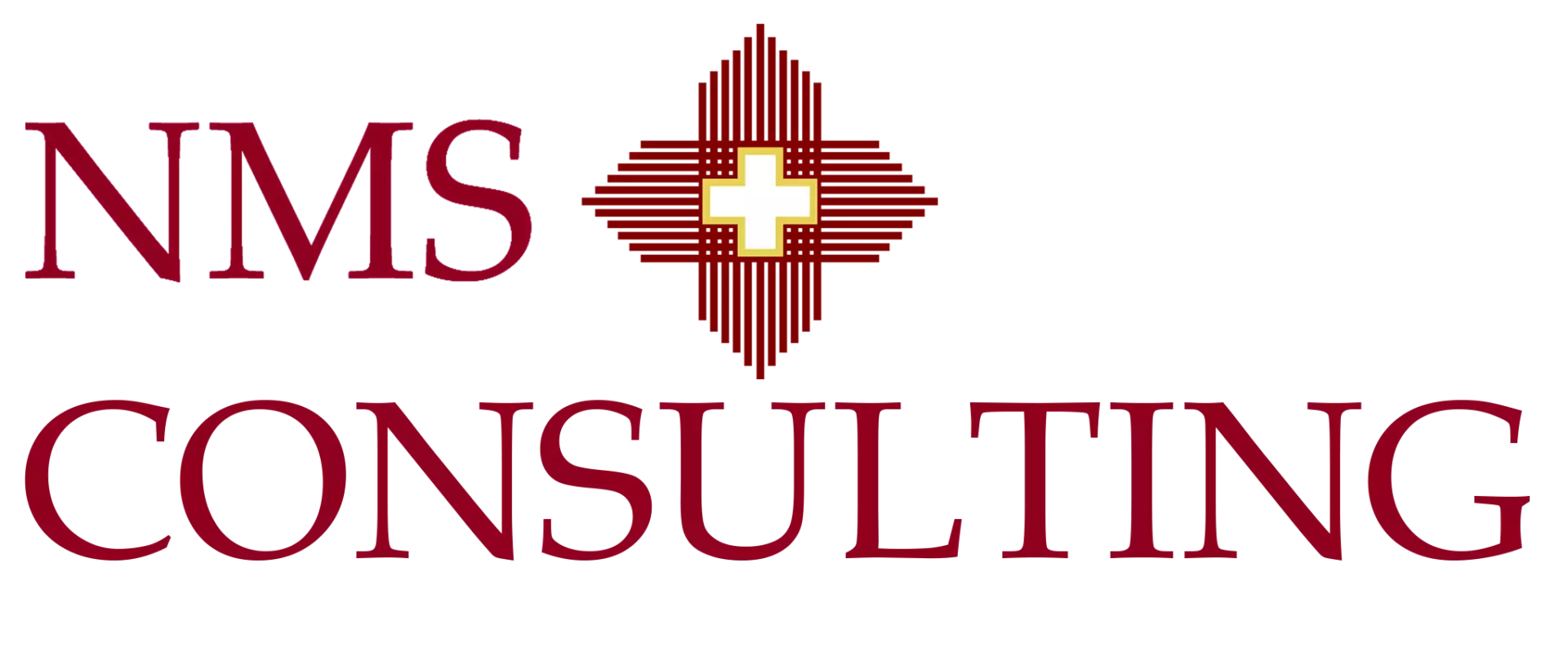Business Consultant Services: Packages, Deliverables & Outcomes

Home ›
Insights ›
Business Consultant Services: Packages, Deliverables & Outcomes
Author:
Aykut Cakir · NMS Consulting
Published:
• Updated:
Pick the smallest package that proves value in weeks, then scale. Anchor the work in a clear statement of work, a one-page strategy with KPIs, and an adoption plan. Report weekly on outcomes, not activity.
Want a package map, deliverables list, and a ninety day plan for your team?
Talk to a consultant
Service Packages
| Package | When To Use | What You Get | Typical Timeline |
|---|---|---|---|
| Starter: Diagnostic & Roadmap | Direction is unclear or stalled | Discovery interviews, baseline metrics, one-page strategy, OKRs, high-level roadmap, risks and options | 3 to 6 weeks |
| Growth: Execution Sprint | Goals exist but progress is slow | Sprint plan, RACI, RAID log, KPI dashboard, weekly reviews, coaching for sponsors and team leads | 6 to 12 weeks |
| Transformation: Operating Model & Scale | Multiple workstreams and change across teams | Target operating model, portfolio and governance, training and adoption plan, benefit tracking and audits | 3 to 6 months |
Core Deliverables
- Statement of Work: scope, deliverables, timeline, and commercial terms for clarity up front.
- Project Charter: purpose, success criteria, stakeholders, and guardrails.
- One-Page Strategy and OKRs: outcomes with measurable key results.
- Roadmap and Backlog: value-ordered work with owners and dates.
- RACI: who is responsible, accountable, consulted, and informed.
- RAID Log: tracked risks, assumptions, issues, and dependencies.
- KPI Tree and Dashboard: a small set of leading and lagging measures.
- Playbooks and SOPs: the repeatable way of working after hand-off.
- Closure and Benefits Review: confirm outcomes and lessons learned.
Outcomes and Metrics
| Outcome | Metrics | Notes |
|---|---|---|
| Revenue Lift | Pipeline value, win rate, average deal size, time to close | Pair pricing and coverage moves with enablement to avoid slippage |
| Cost Reduction | Run-rate savings, unit cost, waste removed | Reinvest a portion into capability that protects the gains |
| Speed And Quality | Lead time, change fail rate, first-time-right | Publish a “golden path” for repeat work |
| Adoption | Training completion, first-time use, active users, NPS | Use sponsors, coaching, and reinforcement to hold the gains |
30-60-90 Onboarding Playbook
First 30 Days: Frame And Baseline
- Agree the statement of work and a one-page strategy with OKRs.
- Map owners and a RACI. Start a RAID log and a weekly review.
- Publish the first dashboard with 3 to 5 metrics that matter most.
Days 31 To 60: Execute And Prove
- Run sprints on the highest-value items. Remove blockers weekly.
- Show a first outcome: revenue, cost, speed, or adoption.
- Freeze low-value work and redirect capacity to the plan.
Days 61 To 90: Scale And Transfer
- Lock the operating cadence in a simple playbook and SOPs.
- Train internal owners and move to a light governance model.
- Complete a benefits review and update the roadmap.
Pricing and Engagement Models
- Fixed-Fee Diagnostic: time-boxed discovery and roadmap.
- Project-Based: delivery against a defined scope with milestones.
- Retainer: advisory, coaching, and light delivery with a set capacity.
- Outcome-Linked: a portion of fees tied to verified benefits when suitable.
Work follows recognised guidance for effective consultancy delivery and clear client acceptance.
Frequently Asked Questions
What Should A Statement Of Work Include?
Scope, deliverables, schedule, payment terms, assumptions, and acceptance criteria. Using a standard layout reduces ambiguity and rework.
How Are Roles And Decisions Clarified?
A RACI matrix names who is responsible, accountable, consulted, and informed for each deliverable. Pair it with a short decision rule to keep work moving.
How Do You Track Risks And Unknowns?
A RAID log captures risks, assumptions, issues, and dependencies with owners and dates. Review it weekly and update mitigations.
How Are Outcomes Measured?
Use OKRs to set targets and a small dashboard to track progress. Add a scorecard that balances financial and non-financial measures so tradeoffs are visible.
Related Reading
- Strategy
- Business Transformation
- Change Management
- Digital and Technology
- Post Merger Integration
- M&A Services
- How Management Consultants Help Businesses Optimize Operations
- Business Performance Improvement With Management Consultants
Sources
- ISO 20700: Guidelines For Management Consultancy Services. https://www.iso.org/standard/63501.html
- PMI: Statement Of Work Overview. https://www.pmi.org/learning/library/statement-work-delivering-successful-service-projects-4761
- Wrike: What Is A Statement Of Work. https://www.wrike.com/project-management-guide/faq/what-is-a-statement-of-work-in-project-management/
- Atlassian: OKR Guide. https://www.atlassian.com/agile/agile-at-scale/okr
- Atlassian: OKR Play. https://www.atlassian.com/team-playbook/plays/okrs
- HBR: The Balanced Scorecard. https://hbr.org/1992/01/the-balanced-scorecard-measures-that-drive-performance-2
- IRM: Short Guide To RAID. https://www.theirm.org/media/2517814/7-short-guide-raid.pdf
- TeamGantt: RACI Guide. https://www.teamgantt.com/blog/raci-chart-definition-tips-and-example
About the Author
Aykut Cakir, Senior Partner and Chief Executive Officer, has a demonstrated history in negotiations, business planning, business development. He has served as a Finance Director for gases & energy, pharmaceuticals, retail, FMCG, and automotive industries. He has collaborated closely with client leadership to co-create a customized operating model tailored to the unique needs of each project segment in the region. Aykut conducted workshops focused on developing effective communication strategies to ensure team alignment with new operating models and organizational changes.




